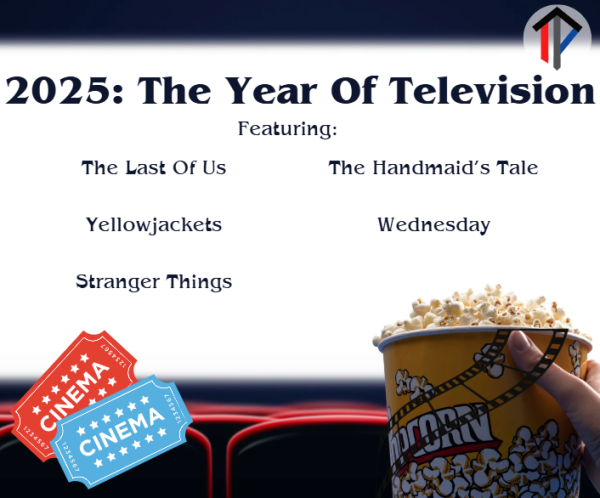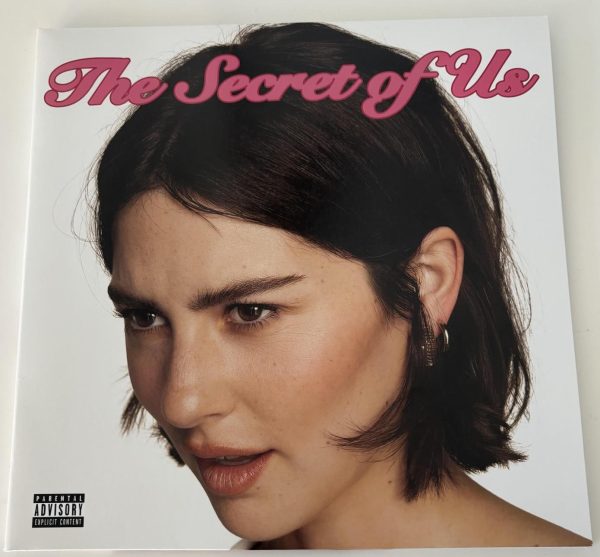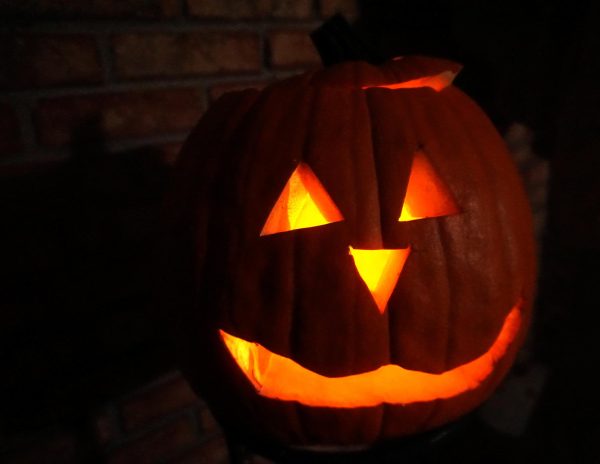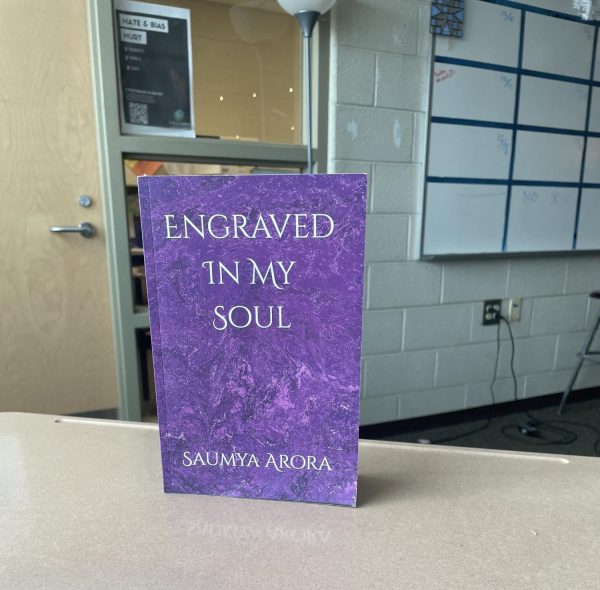Netflix’s Philosophical and Chilling Take on a Horror Classic
A haunted house, a dysfunctional family and flashbacks: the typical setup for a standard horror plot. While many films and shows of the genre follow this basic equation, the details that vary and the overall execution of it can really impact the result. “The Haunting of Hill House” is a horror series new to Netflix as of Oct. 2018, directed by Mike Flanagan, that follows this equation. Despite this, it alters so many other aspects of horror that it creates a truly beautiful and unique cinematic experience.
It loosely follows the classic novel by Shirley Jackson, “The Haunting of Hill House,” however, there are some pretty big changes that create an entirely different atmosphere and experience than the show’s namesake book. Some of the aspects of the book, such as the fact that it is in the psychological horror genre and some of the names of characters, carry over.
The premise is based on the Crain family: parents Hugh and Olivia Crain and their children Steven, Shirley, Theo, Nellie and Luke. They lived in the “Hill House” for a period of their lives, where some strange and inexplicable things happened that continued to haunt the family into adulthood. The series focuses on unraveling what happened at the house, what that does the characters later in life and actions they take in order to overcome the hauntings still affecting them as adults.
These strange and sometimes traumatic experiences are displayed in flashbacks systematically and gradually throughout the series. They often involve apparent “ghosts,” or just abnormal or stressful occurrences. This slow build-up creates a sense of confusion and suspense that consistently draws the viewer in for the next episode—to figure out the puzzle. You have to keep watching in order to fully be satisfied from the show, as the truth isn’t revealed all at once, but revealed in a trickle of information over the entire runtime of the series. This means that when you watch this show, you will probably get the “are you still watching..?” message after a period of intense binge watching.
The actors and actresses in this show were incredible, especially the children. The child actors in this show so clearly expressed the emotions and mannerisms of their characters, it was hard to believe they could act any differently in real life.
Another big point: the casting director deserves a raise. The children looked almost identical to their adult counterparts. Also, the family, both young and old, looked like a real family. Big names in the show you might recognize include Timothy Hutton (plays old Hugh Crain), Carla Gugino (plays Olivia Crain) and Michael Huisman (plays Steven Crain). There was also a spectacular performance on the part of Victoria Pedretti (plays Nell Crain), in her first big role in her acting career, as she created some of the most chilling and iconic moments on screen.
One of my favorite parts of the series was the cinematography. It was absolutely gorgeous. The tone and colors created a gothic atmosphere and the attention to detail was unparalleled. Flanagan often put hidden figures in the background shots that were so obscured, the viewer would only sense it and get the same feeling of unease that the characters in the show feel. Many times, in order for these hidden figures to be seen, you have to pause the show and increase the brightness of the screen.
Also with the cinematography— there were so many interesting cut choices. In episode six, there is one part of the episode where it is about five minutes of filming with no cuts, sometimes including spinning. Additionally, for many of the monologues (which there a large amount of), there are no cuts as well, oftentimes the camera zooming in in order to put emphasis on the face of the character speaking.
The other aspect of the cinematography and the show is general is parallelism. Throughout different episodes, the same shots can be seen, but with a different meaning each time. As you start to understand the symbolism and meaning of certain things during the course of the series, different meanings are implied to recurring images and motifs, which adds a really nice touch of depth to the show.
What I really loved most about “The Haunting of Hill House” was the exploration of trauma and its effect on people. Oftentimes during the show, I questioned whether or not the “ghosts” were paranormal, past trauma or something in-between coming back to haunt people. Which of those things it actually was is somewhat resolved in the end, but you’re still left questioning.
For that reason, I don’t exactly consider this show a “horror” show. It’s more of a psychological thriller, drama show and artistic take on life that has some paranormal ties. So maybe it’s more the “horror” of reality. I’m usually not a fan of horror pieces at all, usually due to two-dimensional characters and overuse of violence, language or nudity to just seem “edgy” and not add anything to the plot. However this show is different; it avoids using violence or gore as a crutch for scares, but rather relies on a suspenseful build up and the occasional jump scare (although while occasional, they definitely are effective; I jumped out of my chair during episode eight of the show).
What it uses to give you goosebumps most is how much you can see the characters in your own life and how universally relevant it is. While, sure, I was a bit jittery for a few days out of fear after finishing the show, I found myself less scared and more deep into thought. “The Haunting of Hill House” has a very philosophical aspect to it that is even more prominent than the fear.
Another part of the show that I was impressed with was the plot twists. Some shows and films in the horror genre can fall into the trap of using the traditional horror formula I stated in my first paragraph AND having a predictable plot. While the former is true for “The Haunting of Hill House,” the latter is not. Some of the plot twists in the show were so shocking that my jaw actually dropped. They were so creative and out of the box that it consistently kept the show engaging and compelling.
The only part that I found a tad underwhelming was the end. While it was still good, I felt it tied things together too well, yet also still left things unanswered.
Overall, Netflix really outdid themselves. “The Haunting of Hill House” is fresh, innovative, deep and I think it is a new step in what we define as horror. I suggest this show for anyone that is mature enough to handle and understand the themes in it, even if you’re not a fan of the typical horror genre. It’s not just a horror show, it’s a take on life that I think everyone needs to view.
Your donation will support the student journalists of Salem High School - MI. Your contribution will allow us to purchase equipment and cover our annual website hosting costs.
Cora Wallen is a senior and first year journalist who is eager to work for The Perspective. She enjoys writing of course, but outside of that, she loves...






